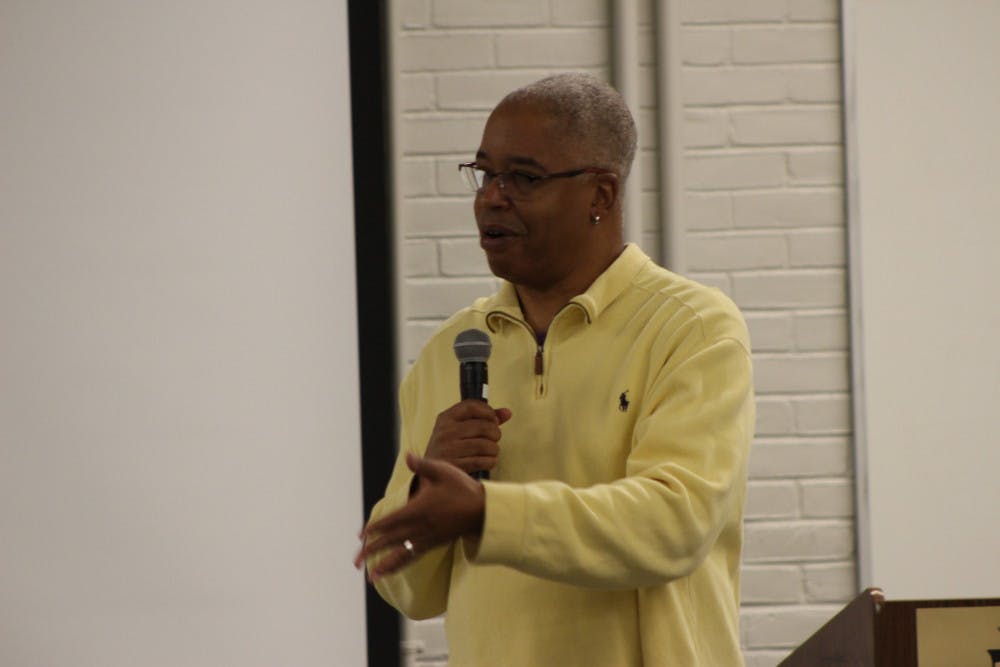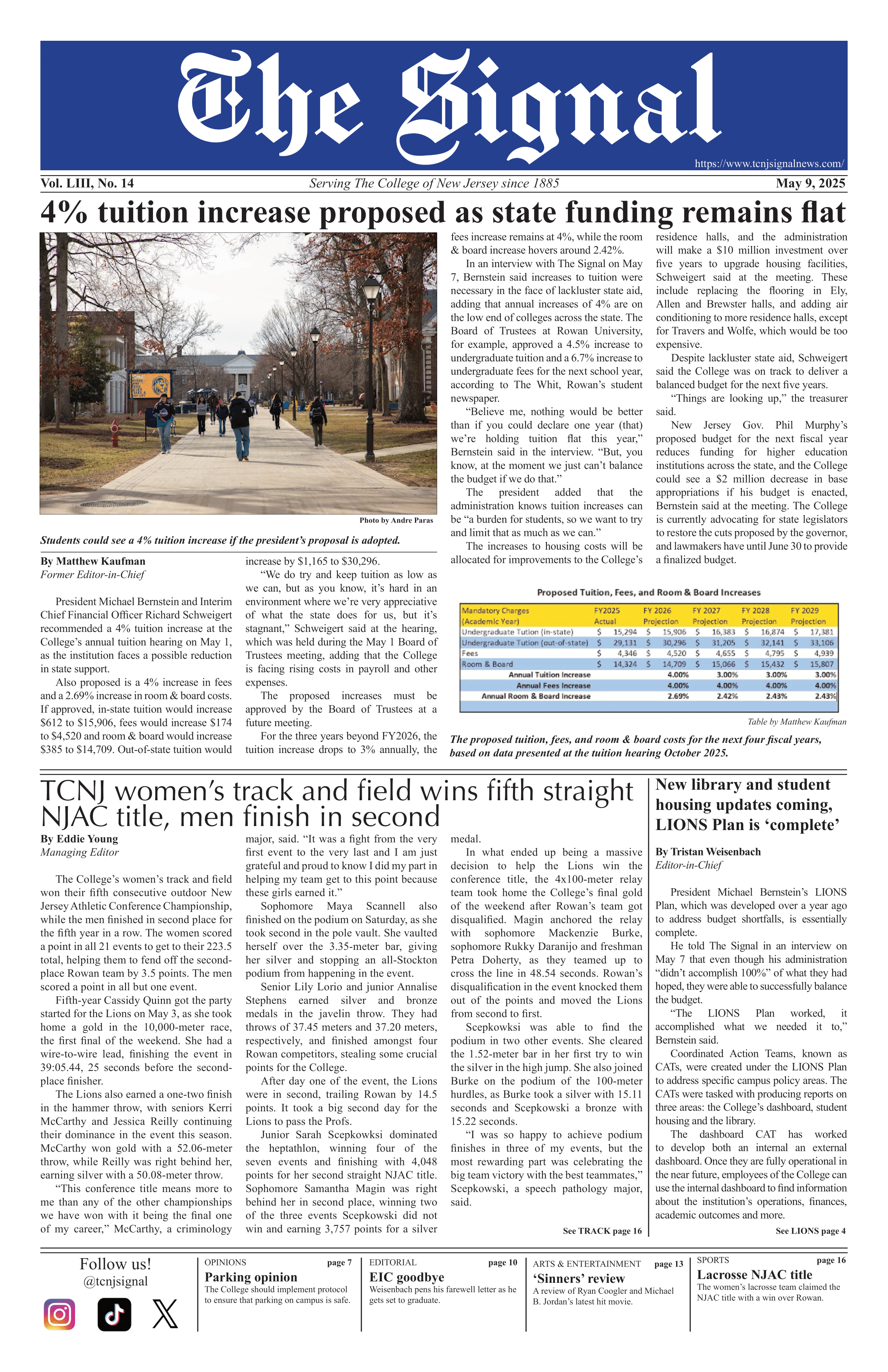By Kaitlyn Bonomo
Correspondent
The Office of Institutional Diversity, Equity, and Inclusion held the final workshop for the Diversity Education Series on Nov. 22 in the Brower Student Center Room 225.
The last session was titled “Racial Privilege: A Primer,” which Robin Parker, the executive director of the Beyond Diversity Resource Center, described as the most challenging of the five-part series.

The session encouraged participants to put on their “racial clothing,” as referred to by Parker, to explore how racial privilege, or the absence of it, influences people’s lives through interactive exercises and discussions.
“If we understand privilege, we understand what we are walking through the world with every day,” Parker said. “It can be painful to look at. Nevertheless, we believe it’s very healthy.”
Parker began the session by explaining and expanding the working definition of race as a social construct, which she said places African-Americans at the very bottom of the established racial hierarchy.
“They were seen as cultureless, savage, from the ‘dark’ country … unfortunately, that legacy is still with us today,” Parker said. “There is no magic about racial categories. They are simply invented.”
Pamela Smith Chambers, the training director of the Beyond Diversity Resource Center, then led the audience in a discussion of the origin of the concept of white privilege.
“What continues to lag is the issue of oppression in society,” Chambers said.
Chambers credited activist Peggy McIntosh to a great shift of culture in America, as she referred to her list of white privileges from the article “Unpacking the Invisible Knapsack,” which has been shared on racialequitytools.org. McIntosh’s list, as explained by Chambers, became the foundation on which anti-oppression work began to teach and initiate the conversations.
“The concept of white privilege is difficult because it changes the responsibility for what it means to work on the elimination of oppression,” Chambers said.
Chambers discussed how McIntosh’s list guided one’s understanding of privilege and oppression, and utilized the list in an activity with the audience. Every participant was asked to close their eyes and get comfortable in their seats while Chambers asked them 50 questions.
“If you are white, as you listen to the list of racial privileges, think about what the presence of those privileges have meant in your life,” Chambers said to the audience. “If you are a person of color, think about what the absence of these privileges have meant in your life.”
Following the exercise, Chambers invited the audience members to a group discussion, where they deliberated their general feelings after listening to the reading of the questions. Chambers asked the white audience members and people of color what the presence of privilege meant to them.
“Life can be hard for everyone,” Chambers said. “But the conversation is powerful if we can dig into, in spite of that, what the presence of privilege means to … an individual.”
Cynthia Fulford, the assistant director of the Support for Teacher Education at the College, attended the meeting and believed the discussions were important in the College’s environment.
“I think it’s important so we can help students see that no matter our racial backgrounds, we all need to be learning and engaging together,” she said.







